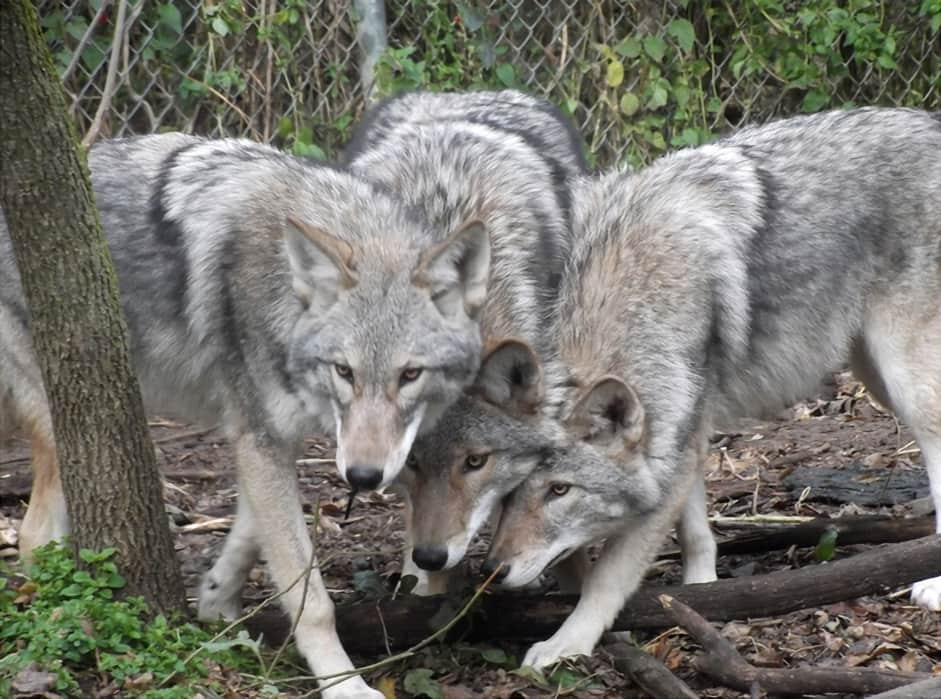Are There Millions of Coywolves in North America?
Daniel Xu 10.30.15

A recent article from The Economist stated a startling fact: that some researchers believe millions of coywolves already exist in North America. Yet how is it that a hybrid like the coywolf—a mix between wolf, coyote, and often dogs as well—can number in the millions when researchers say they are only found rarely in isolated packs? Well, the entire issue is a fairly confusing (and misleading) one. First of all, there is a massive difference between coyotes that have hybridized with eastern wolves or red wolves, and those who have hybridized with the gray wolf. Eastern and red wolves are genetically closer to coyotes as they only diverged as different species roughly 300,000 years ago. Gray wolves on the other hand, split from coyotes closer to two million years ago. Instances of gray wolves breeding with coyotes are relatively rare, but not so with eastern wolves. If we take the term “coywolf” to mean a canine with both wolf and coyote DNA, then just about every wolf and coyote that’s not a pure gray wolf can be considered a coywolf.
A previous study by Dr. Roland Kay of North Carolina State University found that wolves in the Great Lakes region had approximately 15 percent coyote DNA, whereas wolves in parts of Ontario only contained 58 percent wolf DNA, and red wolves in North Carolina contained as little as 24 percent wolf DNA. On the other hand, many northeastern coyotes contained about 9 percent wolf DNA. It would seem that as coyotes migrate east, they are also giving rise to a new species that is both larger than the pure coyote, and more adaptable to humans than wolves. Kay described the coywolves as having “coyote skulls with wolf teeth.” Or in other words, the power and ferocity of a wolf contained in a coyote’s frame. This is evident in the creature’s larger muscle mass, increased size, broadened appetite, and widened jaws that allow it to hunt larger prey such as deer.
According to the Economist, coywolves combine the best traits from both their lineages to take make the best of a human-dominated world. Coyotes generally like to hunt open fields while wolves stick to forests. Coywolves can do both and have even been known to approach cities and suburbs. Some researchers say this may be influenced by the dog DNA inside the creatures, making them more tolerant of humans. Unfortunately, coywolves are best described as unwanted visitors and will eat just about anything—including pets.
So the next time someone exclaims to you that the coywolf population has exploded out of nowhere, gently remind them that this is not a new or especially sensational thing. Coywolves have been rising steadily for decades ever since coyotes started encroaching on the Eastern United States. But have they grown large enough to be counted as a separate species? When it comes to classifying species, scientists take into account certain physical and genetic characteristics, not total population. The coywolf needs to have a significant morphological and genetic divergence from its ancestors before the scientific community will consider it as its own distinct species, and the issue is still hotly debated.

